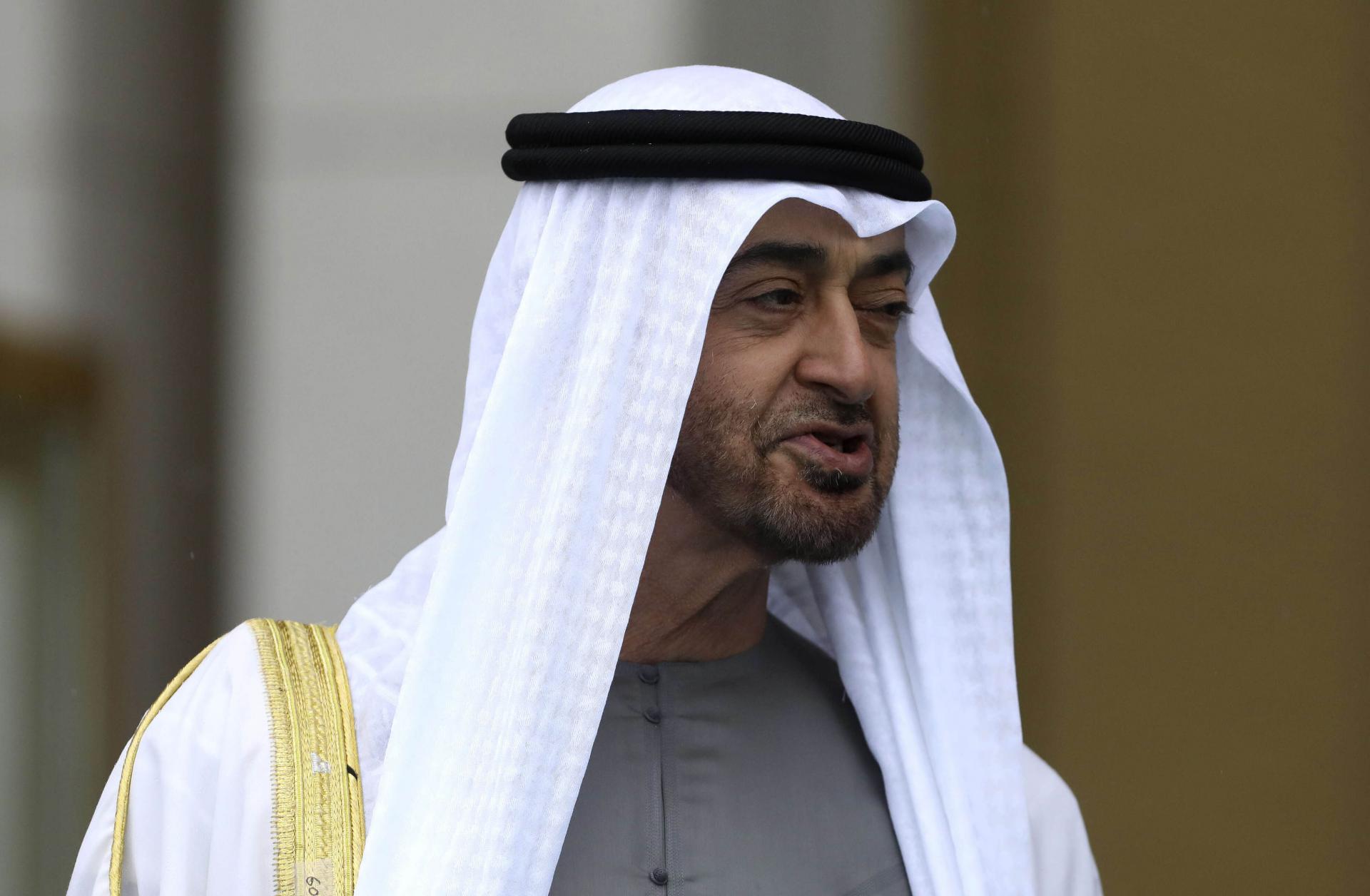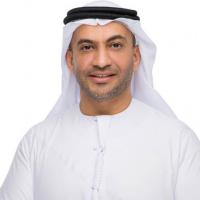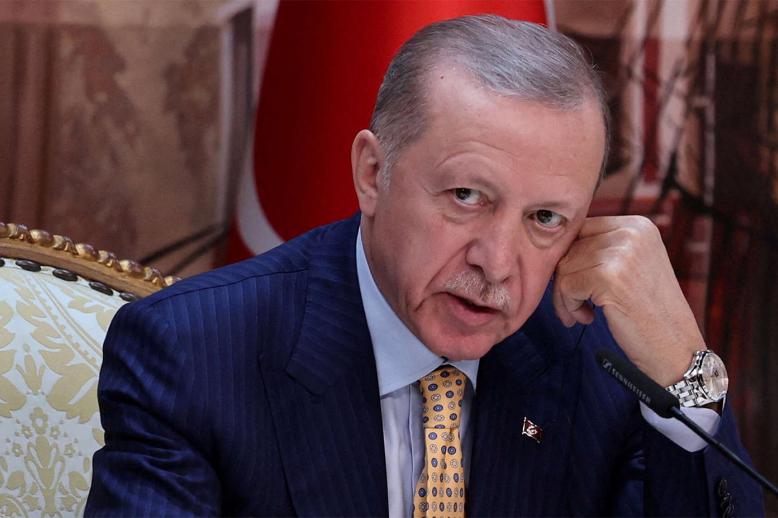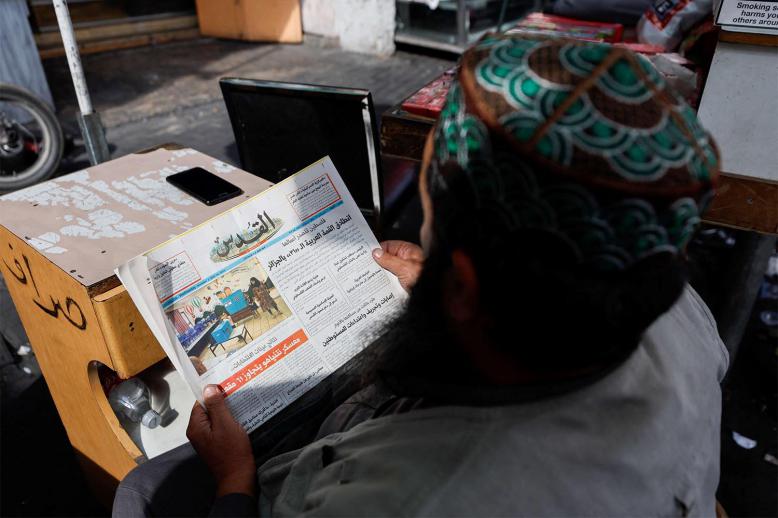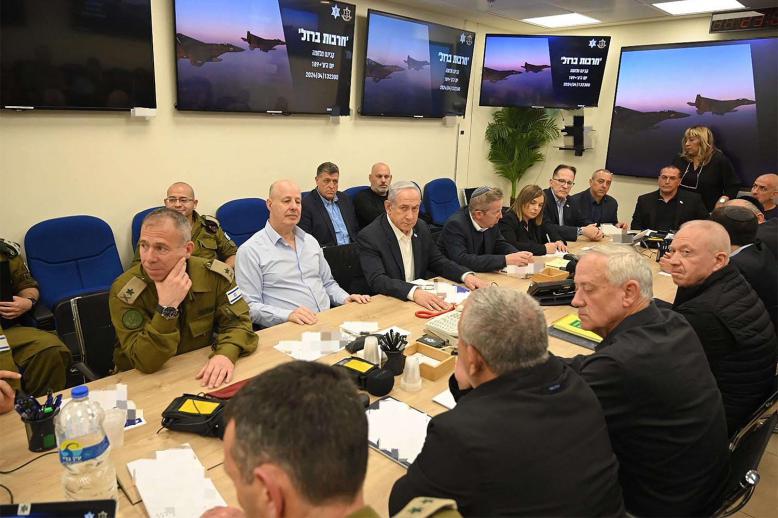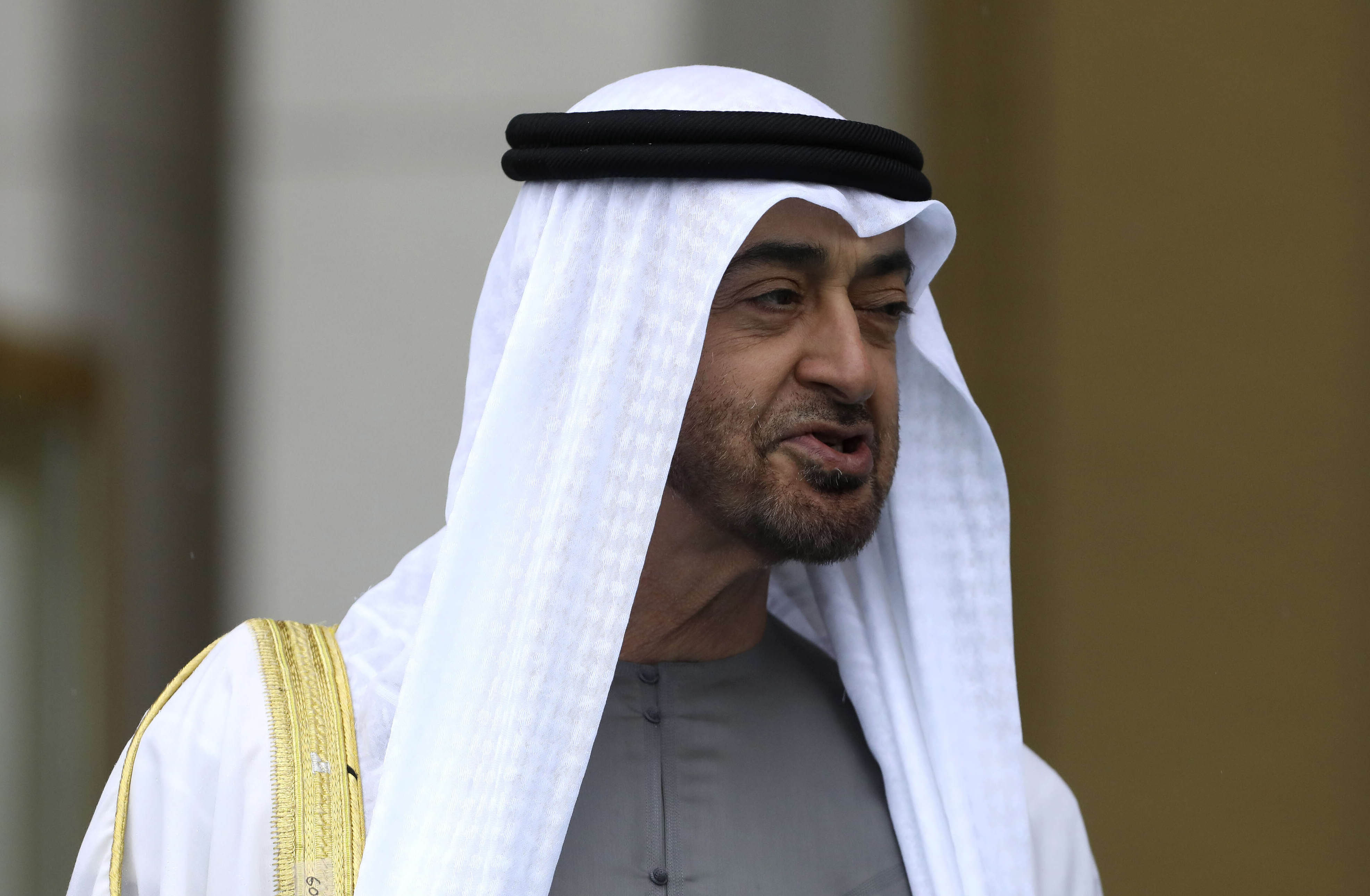Mohamed bin Zayed: A charismatic leadership model
In my book “Pride of Arabs: Mohammed bin Zayed Al Nahyan, the leader and the man,” published a few years ago, I highlighted several aspects of His Highness’s personality and the factors that led to the unique model of charismatic leadership that is respected and appreciated by the Emirati people and the peoples of the Gulf region and the Arab world in general.
We have no doubt that we have a leader who belongs to the great generation in terms of his leadership qualities, his ability to look to the future, his attitude, his policies and decision-making, and his high human standards, which are perceived at home and abroad.
His Highness’s commitment from the beginning of his career to military and political affairs has contributed to the early development of a comprehensive and profound strategic vision for the future development of the UAE, based on a firm belief in investment in human resources and reliance on science and planning as necessary foundations for any sustainable development process.
We must not lose sight of the early brilliance of the strategic leadership of HH Sheikh Mohamed bin Zayed Al Nahyan as he played an important role in the history of our region and the Arab world.
HH focused on protecting the national security of the UAE and, as a leader with a sound national vision, made a decisive contribution to addressing one of the most serious threats to our Arab world in modern history.
Together with the leaders of sister countries, he succeeded in preserving the national security of the Arab states in the face of the seismic turmoil chaos and instability that gripped various Arab states.
What the media calls the “Arab Spring” has compromised the stability and security of their peoples and led to massive regional disorder, the collapse of several Arab states and the destruction of their infrastructure, and the infiltration of terrorist groups into their territories.
If every political leader has crucial milestones that reveal his beliefs and directions, one such milestone in the career of HH Sheikh Mohamed bin Zayed Al Nahyan is his success in developing a model of citizenship in the UAE.
Since the establishment of the state by Sheikh Zayed bin Sultan Al Nahyan on December 2, 1971, HH Sheikh Mohamed bin Zayed Al Nahyan has added a profound humanitarian standard that frames and defines this priority in formulating the concept of citizenship, essentially Western in origin.
It is the cornerstone for deepening loyalty and belonging to the homeland and one of the foundations of national community and cohesion of values of equality, justice and freedom. They are the basis of political development in any modern society.
These social pillars and noble ideas are implemented in various developed countries through legal systems and laws that ensure justice, equality and equal opportunities for members of society. They are indisputable at humanitarian and political levels.
However, it is important to note that HH has succeeded in developing and implementing a model based on the values, customs and cultural heritage of Emirati society, which are on par with those of the West.
The Head of State HH Sheikh Mohamed bin Zayed Al Nahyan introduced the term “backbone” (azm alraqaba) as a benchmark to express His Highness’ feelings towards the citizens of the UAE, laying the foundation for a model of citizenship as a relationship between the state and its citizens.
This famous expression was mentioned by HH when he offered condolences to one of the UAE martyrs in sister Yemen. HH assured the families of the martyrs, “Your brother (the martyr) and you, the children, are one backbone,” and emphasized the basis of established relations between the leadership and the people and between the state and its citizens.
It is a relationship based on an indissoluble bond. The leadership does not look at the people through a purely theoretical political lens, but through a family lens derived from the idea of the “backbone,” whether on the level of kinship or according to the criterion of affiliation, attachment, affection and interdependence as strong as kinship.
Perhaps the true meaning of “backbone” is known only to those who have lived among the UAE and have come into contact with the deep cohesion of people and leadership, with the political and social interdependence vividly expressed in the councils of rulers, heirs, etc. But the linguistic vessel is able to convey to others something of the content and essence of this profound expression.
If you have a leadership that truly sees its people as a “backbone” in deed rather than in words, then you certainly have something more than citizenship in its modern political meaning. Things in the UAE are not really measured in words, but in the practice that everyone touches on the ground.
Salem AlKetbi, a UAE political analyst and former Federal National Council candidate

